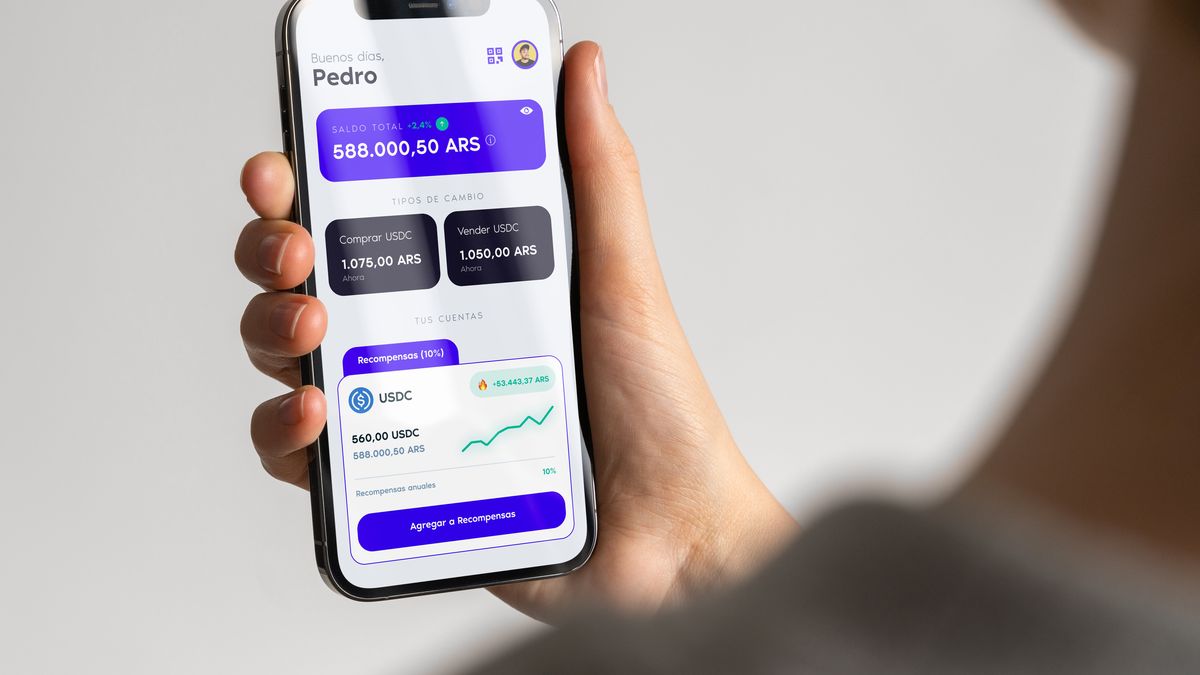A roll with crab costs 15 euros in some places. Other establishments no longer offer crabs, forego profits or only serve small quantities.
North Sea crabs have become expensive and rare. “It’s not just a question of money at the moment,” said fisheries advisor at the Lower Saxony Chamber of Agriculture, Philipp Oberdörffer, to the German Press Agency.
Accordingly, some discounters no longer have North Sea crabs in their product range. Some restaurants in the north also avoid crab dishes or only serve small quantities. The number of crabs caught is not enough for everyone, said Oberdörffer.
Up to 15 euros for a crab roll
Many holiday resorts still serve crab dishes, but people have to pay significantly more for them than before. The price for a crab roll at the Landungsbrücken in Hamburg was up to 15 euros at the beginning of May. The roll, which is popular with tourists, also cost a similar amount in the holiday resorts of Travemünde and Timmendorfer Strand.
According to the German Hotel and Restaurant Association (Dehoga) Schleswig-Holstein, crab prices are currently high. However, most restaurateurs do not pass on the price increases to consumers and then do not earn much or nothing from these dishes. It is unclear how long this will still be affordable.
Not enough crabs available
The fishmonger Gosch is currently selling crab rolls at most locations and points out that the situation has improved somewhat compared to March and April. Crabs are still very expensive, but at least they are available, said a company spokesman. At the end of March and April this was even more dramatic than it is now. “The question not only had to be clarified as to whether and at what price the shrimp rolls could still be sold to the guests, but also whether the goods would be available at all.”
At times, Gosch only sold shrimp rolls on Sylt. According to the spokesman, a shrimp roll there currently costs 6.50 euros because it is a “matter of the heart” for the entrepreneur. He pointed out that there had also been price fluctuations in the past due to different availability of North Sea crabs. However, the company has never experienced such low availability.
Extremely low catches in 2023
“The situation is special because the low catches have persisted for years,” said fishing expert Oberdörffer. “In the German shrimp fishery we have been experiencing significantly below-average catches for four to five years now.” He pointed out that German shrimp fishermen landed an average of between 12,000 and 13,000 tons between 2000 and 2015. In 2023 the amount was 5,500 to 6,000 tons. The catches in other countries were also extremely low last year and could not compensate for the low German catch. “Actually, the price should have increased significantly here, but higher prices are currently hardly feasible in the market. And that’s why it took until the fall of 2023 for the prices to move up significantly.”
The now high prices are therefore based on the extreme shortage and lack of inventory. “Sales have inevitably collapsed because demand currently significantly exceeds catch quantities,” said Oberdörffer. “But we hope that this ratio will return to normal in late summer, as the new year of crabs will then appear in the fishery and hopefully enable higher catch quantities at reasonable prices.” A prediction is not possible. How many crabs there are in the North Sea depends on many factors – including the weather, food availability and the number of predators.
Uncertain future of the crab fishery
How many crabs there will be in the future and at what prices is also uncertain with regard to political decisions. The EU Commission wants to ban fishing with bottom trawls – the typical fishing method used by shrimp fishermen – in marine protected areas. Bottom trawls are fishing gear that is towed by a cutter and is designed for fishing, for example, plaice or crabs on the seabed or near the bottom. Marine conservationists criticize the fishing method because it damages the seabed and the organisms that live there.
Source: Stern




